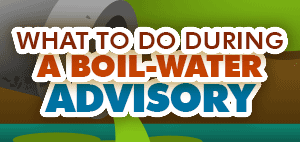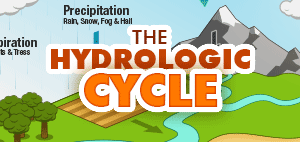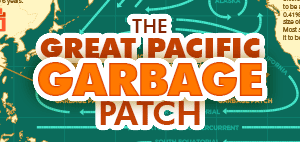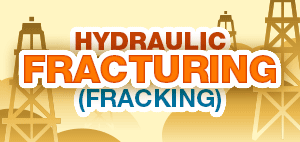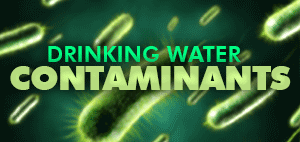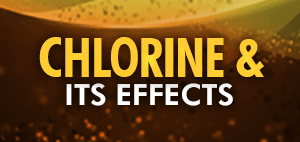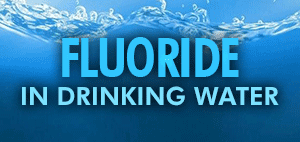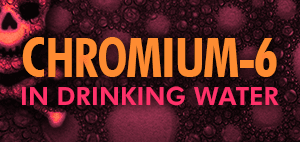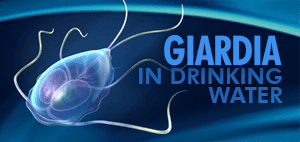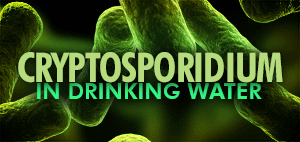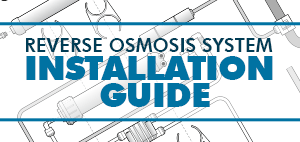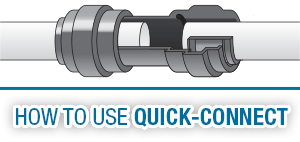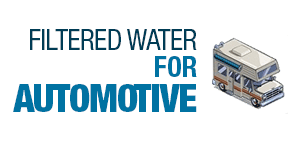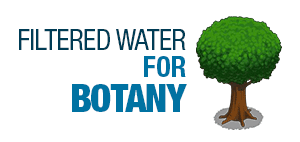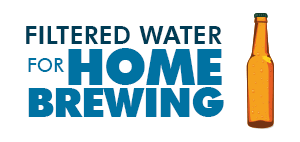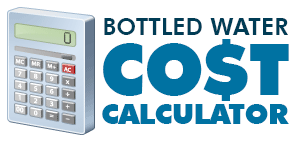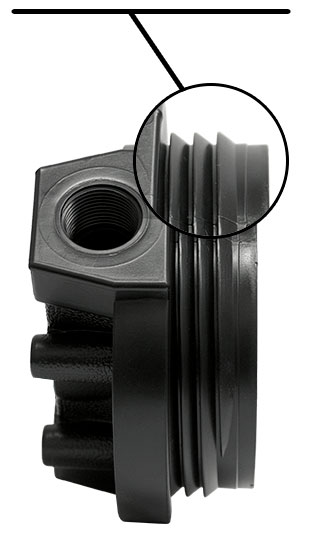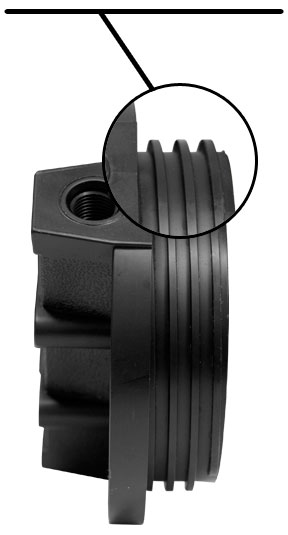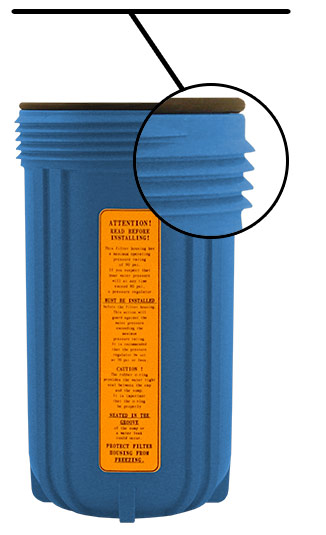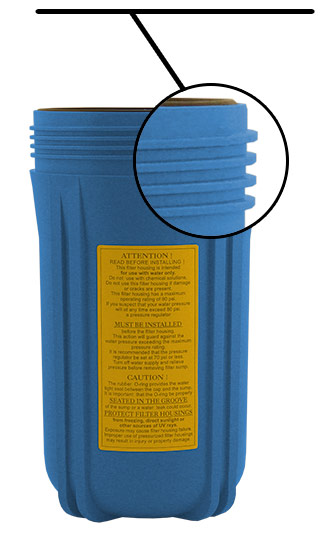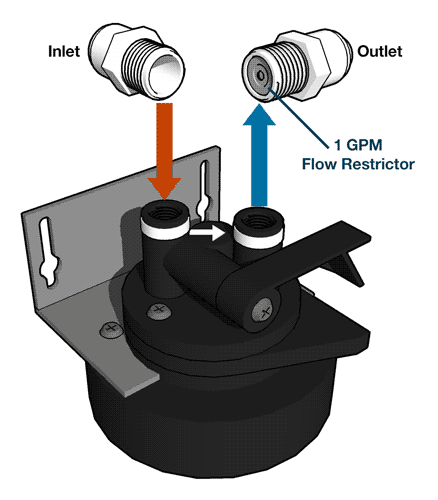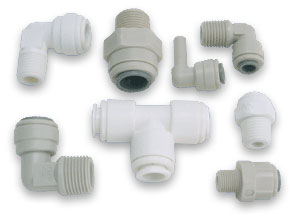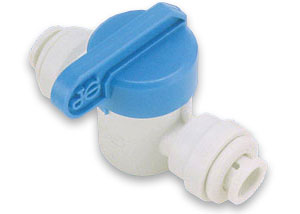
What is Benzene and Why Is It in My Water?
Benzene is a volatile organic compounds (VOC), is clear, odorless, colorless aromatic liquid, and is classed as a hydrocarbon. Benzene is created during industrial processes, used mostly as an intermediate to make other chemicals. It can also be formed naturally through volcanoes and forest fires and is a natural part of cigarette smoke, crude oil, and gasoline. Benzene is also used as a solvent in dry cleaning, paints, printing, ect.
Benzene enters water as discharge from industrial factories or leaching from landfills and gas storage tanks.
What are the Health Effects of Benzene Exposure?
The short term health effects of exposure above the maximum contaminant level (MCL) is anemia, temporary nervous system disorders, and immune system depression. The long term effects of exposure above the MCL of Benzene is cancer and chromosome aberrations.
Does the EPA Regulate Benzene in Water?
The EPA has set the maximum contaminant level goals (MCLG) to zero and the maximum contaminant level (MCL) at 5 parts per billion to protect consumers served by public water systems from the effects of long-term, chronic exposure to benzene. States may set more stringent drinking water MCLGs and MCLs for benzene than the EPA.
Benzene Removal From Drinking Water
Systems and cartridges that contain active carbon are the most effective treatment for the home.
Reverse Osmosis Water Filters Under Sink Water Filters Countertop Water Filters Whole House Water Filters Everpure Systems and Cartridges Carbon Block Cartridges Granular Activated Carbon Cartridges Aries Filter Works Arsenic Removal Cartridges
NSF 53, 58 or
62 Certified
From NSF.org
NSF/ANSI Standard 53: Drinking Water Treatment Units – Health Effects
Overview: Standard 53 addresses point-of-use (POU) and point-of-entry (POE) systems designed to reduce specific health-related contaminants, such as Cryptosporidium, Giardia, lead, volatile organic chemicals (VOCs), MTBE (methyl tertiary-butyl ether), that may be present in public or private drinking water.
NSF/ANSI Standard 58: Reverse Osmosis Drinking Water Treatment Systems
Overview: This standard was developed for point-of-use (POU) reverse osmosis (RO) treatment systems. These systems typically consist of a pre-filter, RO membrane, and post-filter. Standard 58 includes contaminant reduction claims commonly treated using RO, including fluoride, hexavalent and trivalent chromium, total dissolved solids, nitrates, etc. that may be present in public or private drinking water.
NSF/ANSI Standard 62: Drinking Water Distillation Systems
Overview: Standard 62 covers distillation systems designed to reduce specific contaminants, including total arsenic, chromium, mercury, nitrate/nitrite, and microorganisms from public and private water supplies.
Sources of Information on Benzene
- WHO – Benzene in Drinking Water [ Requires Acrobat ]
- EPA – Benzene in Drinking Water
- Wikipedia – Benzene
The foregoing information was compiled from the the links listed above.

